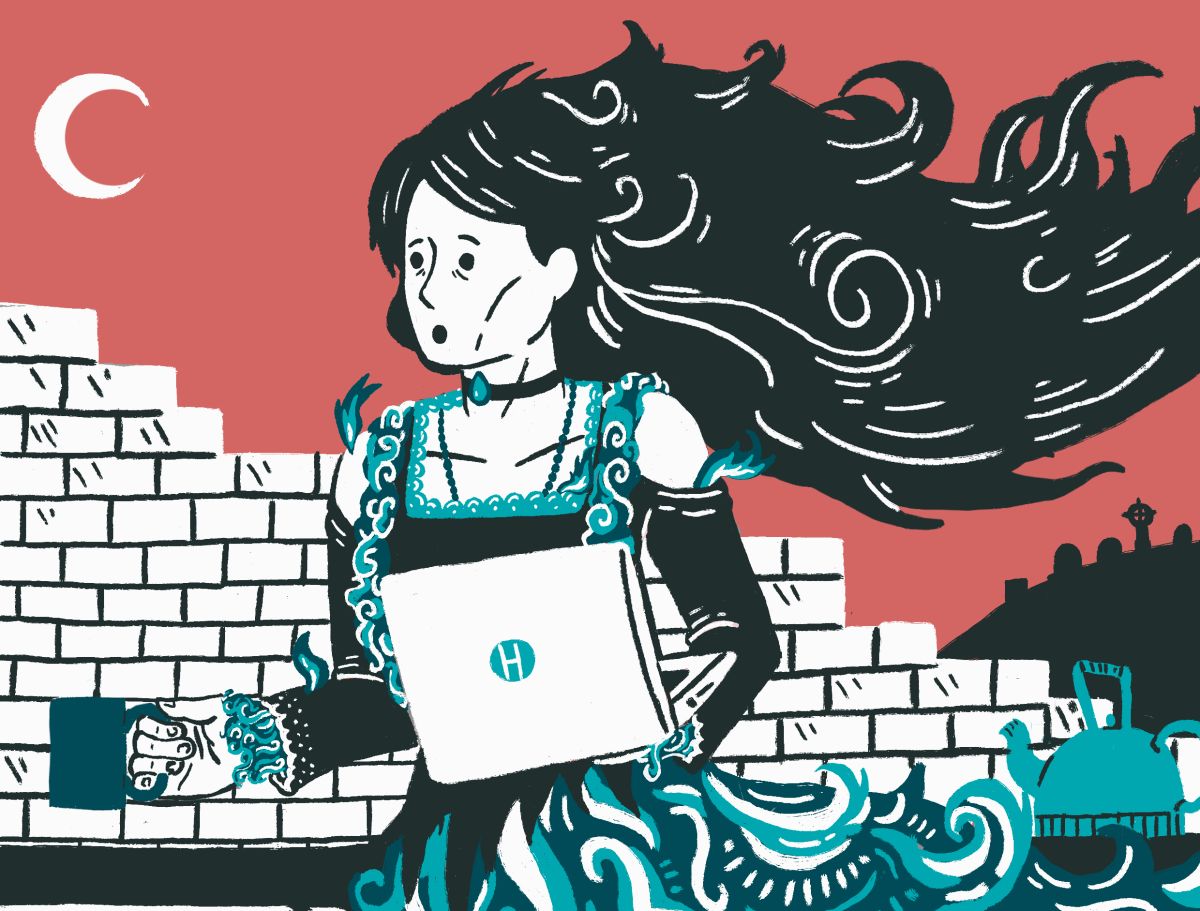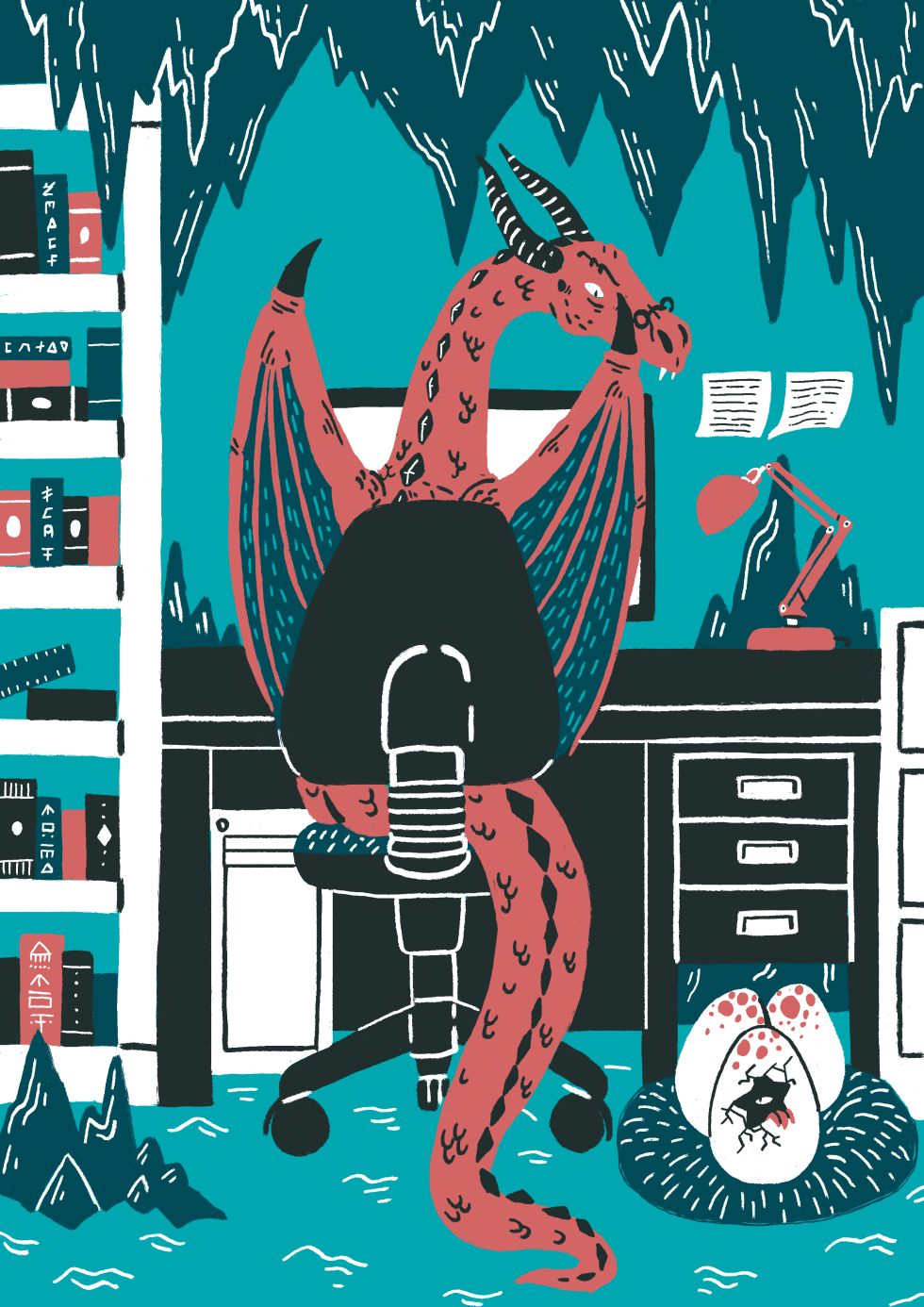DELIVERING DESIGN AT A DISTANCE #02: Resilience & Ritual - top takeaways
27 May 2021
The next in our series of Delivering Design at a Distance feature articles explore what can be done to alleviate the cognitive load and resource resilience so that people remain productive and engaged as we ease out of lockdown and enter a new hybrid landscape of work - plus top takeaways for increasing your resilience to make remote working work better for you.

by Alex O'Toole & Jonathan Ball
Illustrations by Daniel Nelson
Business media platforms regularly report research findings that the over-consumption of information is making us unhappy, is bad for our health, and hurts our productivity.
What, then, can be done to alleviate the cognitive load and resource resilience so that people remain productive and engaged as we ease out of lockdown and enter a new hybrid landscape of work?
DOWNLOAD & READ THE FULL ARTICLE HERE
The COVID-19 pandemic didn’t start out as an emotional health crisis, but it quickly morphed into one. Headlines have been dominated by the impact of isolation and loneliness and surges in anxiety, depression, and insomnia across the board.
Behind these disturbing trends a quieter productivity crisis is gathering momentum. Businesses across the globe are facing a rise in overstretched, exhausted staff, whilst hardworking professional freelancers, well used to the relentless pace and pressure of self-employment and the working from home set up, report increasingly high stress levels with many feeling that they are unable to take any time off because of worries about future periods of little or no work due to the Coronavirus.
Historically, the weekend acted as a backstop for most of the population in work or education, but during the deep dark days of lockdown life, the weekend lost its edge. Very quickly, time seemed to slow down and life became a never-ending Monday morning, which started with the buzz of an email at 6.30am and ended with a vague realisation that you were still in your pyjamas somewhere in the early hours of the next day, just as the parents juggling home-school, work and childcare were logging online. Now, with the reopening of schools, non-essential shops and outdoor hospitality, the UK’s slow release from lockdown welcomes back the weekend and signals a return to getting fully dressed each morning and the potential of a working day which has some semblance of a beginning and an end.
A return to the traditional working day and working practices might not be as simple as getting back in the saddle when you’re working remotely.
Yet, with so much disruption to our working lives over the last twelve months, people’s expectations around work, how they fulfil their role, and how they reconcile work and domestic responsibilities may have changed dramatically. A return to the traditional working day and working practices might not be as simple as getting back in the saddle when you’re working remotely.
Top takeaways for increasing your resilience to make remote working work better:
It’s amazing who you can meet as you swing Tarzan-like from Zoom to Zoom. Previously unreachable top-level executives: they’re all out there now, perched on their children’s gaming chair in their box rooms, or ensconced on high-backed wicker sofas in their conservatories. Perhaps it’s where they’ve always been.
As we move into a new landscape of hybrid working, the strength of individual connections and resilience will become ever more important to the strength of organisational connections and resilience. Without a doubt, individual wellness and engagement impacts on the effectiveness and cohesion of teams. And whilst no two people, or two teams, or two organisations, are alike, the solution to keeping mindsets and skill sets on track is reassuringly universal.
Whether you work alone, or you’re part of something bigger, here’s our top takeaways for increasing your resilience to make remote working work better:

1. Be Flexible
First and foremost, be flexible with yourself and those you work with. We’re all perfecting a new type of balancing act, which looks and feels different for everyone. As far as possible create work schedules around what is practical for your constraints and communicate that to colleagues. If you’re employed, and struggling to maintain traditional working hours, talk to your boss about your situation. Find out how flexible they’re prepared to be. Be willing to negotiate. Citizen’s Advice have great tips on how to discuss this with your employer.
2. Retain Frequent Connections
Whilst technology and 8 bit office space apps, such as Slack, Asana and Flock make it easy to keep up to date and in touch with colleagues and clients, there’s no substitute for meaningful face to face contact. Even if working remotely, use tech thoughtfully to introduce regular video calls to help build personal relationships on a human level and develop understanding and genuine connection between you and your co-workers. Trust usurps all other cultural qualities when it comes to creating and delivering effective long-term remote services. After all, people invest in people.
3. Reduce Distractions
Cut out distractions where you can. Keep your workspace area tidy. Block your access to social media apps during working hours. Turn off your TV. Keep your camera on during video conference calls. Put on a clean top each day. Brush your hair. Don’t let yourself or your workspace become the biggest disruption to your work.
4. Institute Rituals and Traditions
Even if you work alone, institute rituals in your working day to help you fully engage with the activities of the day and the people you’re working with. Whether this is starting the day by writing a task list, having a regular accountability call with a fellow freelancer, or remote working colleague, or making a daily journal/ blog entry or social media post to help you connect with yourself and your wider community. Work out what frees your mind and helps you to find your focus, then develop an individual or team practice around it.
5. Get Dressed and Get Out
Don’t sit around in your pyjamas all day on your laptop or reach for yesterday’s clothes before a video call. Make an effort to get dressed properly and intentionally every day. The research is undisputed: clothing makes the (wo)man and can help you win the day. Additionally, if you’re dressed, you’re more likely to take a break from the desk and get a walk outside, helping to improve both your mental and physical fitness.
6. Make It Easy and Accessible
If you’re collaborating with others and you need their buy in, knowledge and skills to move forward, make it as easy and as accessible as possible for everybody to engage and input. Consider what assistance and information they might need in advance. Keep it simple. Create templates. Visualise complex processes. Lead by example. Take the hard work out of the work, people are more likely to come with you.
In the full Resilience & Ritual article you can read more perspectives, observations and insights on the same issues from others including Ellie Runcie (Chief Design Officer, BBC), Jhumkee Lyengar (human centred design consultant), Jonathan Ball (Designmine), Justin Knecht (What Could Be), Pete Gordon (Waracle), Richard Eisermann (Head of Design for Philips Connected Care) and Ruth Melville (cultural strategist).
Download and read the full Resilience & Ritual article including top takeaways for increasing your resilience to make remote working work better here
You can also still find Jonathan Ball's guide for delivering effective webinars on our covid support page along with other relevant business support and advice.
Illustrations by Daniel Nelson: nelsonillustrates.com
